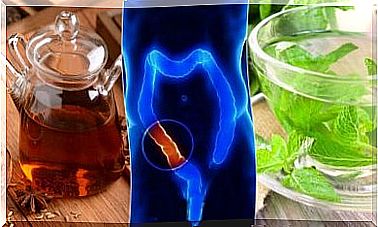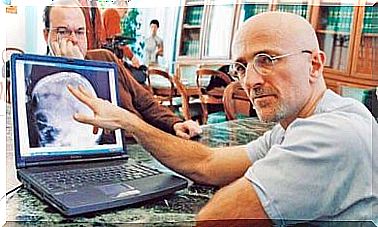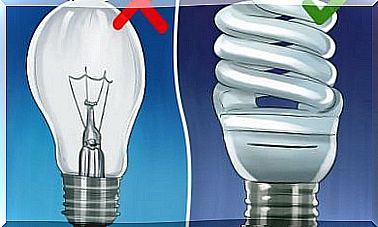New Treatment For Chronic Migraines
Chronic migraines affect about 2% of the world’s population. Furthermore, they have an incidence of onset between 12 and 15 days a month.
In other words, chronic does not mean that a person suffers this type of headache for 10 or 20 years. This type of migraine, unlike episodic, is persistent and incapacitates the person for several days at a time.
Severe headaches are accompanied by nausea, vomiting, sensitivity to sunlight and physical fatigue.
In general, treatment in these cases is multidisciplinary. Various types of medication are offered, food is taken care of and different therapies can be followed.
The Migraine Unit of the Antiaging Group in Barcelona (Spain) has developed a new technique. Even if it involves a small surgical intervention, it frees the person from this suffering until it changes their life.
We offer more information below.
Chronic migraines, a very complex problem
People who suffer from chronic migraines do not always find the solution to their illness.
7 out of 10 people say they do not receive adequate treatment and many of them opt for self-medication and the use of analgesics.
We are, therefore, facing a complex problem that requires innovation, investment and a reorientation in treatments.
There are patients who suffer from episodic migraines, others who are chronic and people who simply do not suffer from it, but this depends on several risk factors.
- Hereditary factors. In most cases there is a genetic component that passes from mothers to daughters.
- Suffering from neurological hypersensitivity would cause exposure to different triggers such as stress, sunlight, temperature differences or certain foods to cause the headache.
- Undergoing certain surgical interventions, such as an operation to treat an aneurysm. One of the possible temporal or chronic sequelae is precisely the continued headache.
There are many patients who started suffering migraine episodes from time to time and, over time, this migraine became more and more frequent until it became chronic.
There are also those who experience the opposite: they start with a chronic migraine and get an episodic migraine spontaneously. Today, the causes of these phenomena are still unknown.
A new treatment for chronic migraines
As we indicated earlier, this method of treating chronic migraines is based on surgical intervention. The technique is much simpler than it sounds.
We will explain below.

a chance discovery
In short, the procedure was discovered by chance in the United States.
All those women who had undergone treatment to erase forehead wrinkles with botulinum toxin declared that their headaches were gone.
- Since then, several studies have been conducted on the effectiveness of injecting “botox” or blocking the muscle below the eyebrow.
- When pressure can be released between the temporal, frontal, occipital and nasal nerves, the migraine disappears.
How is the treatment done?
From the Migraine Surgery Unit of the Antiaging Group, in collaboration with Migraine Surgery Center, Germany, this technique was developed.
Treatment is not always 100% effective. Chronic migraines go away, but you can get occasional headaches (with a decrease in frequency).
Do not hesitate to consult your doctor about the use or not of this treatment.
Namely, these would be the steps:
- First, a medical consultation to know the case of each patient.
- Next, the patient is tested for botulinum toxin to determine the person’s suitability for therapy.
- Afterwards, there is a two-week follow-up to see if the person accepts or rejects Botox in their body.
- The operation itself is carried out. It lasts an hour, and the surgery is nothing more than a series of jabs in the forehead to “release” the peripheral nerves. .
- Finally, general anesthesia is applied and the post-operative period is very fast.
After two weeks of rest, the patient can return to normal life.








